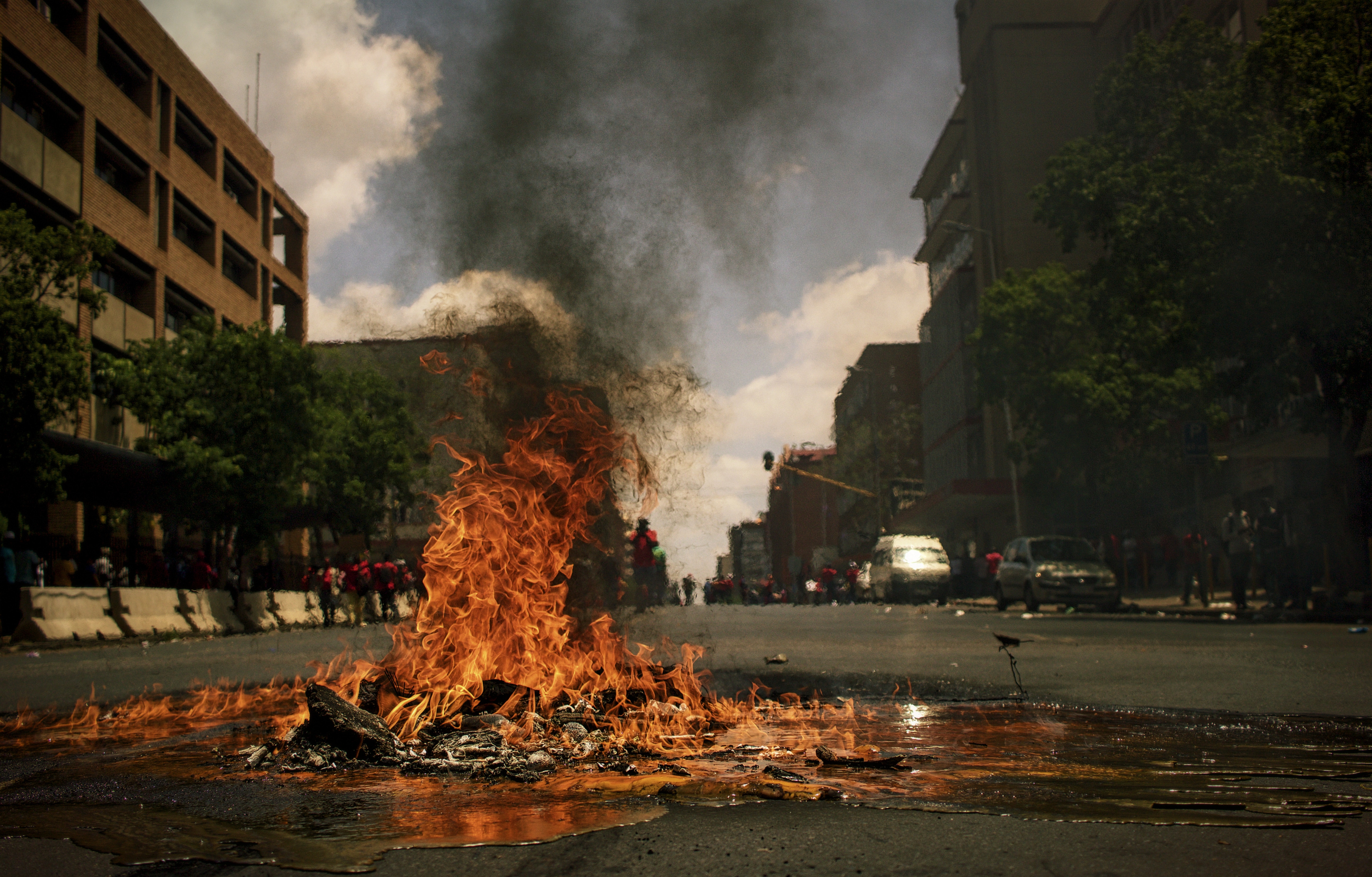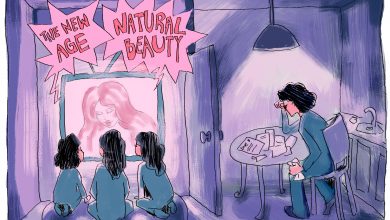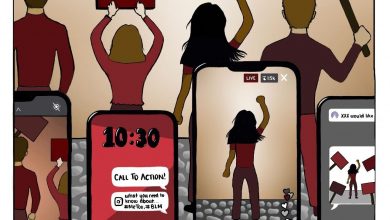A Case for Anger and Violence in the Fight for Justice

Photo by Pawel Janiak on Unsplash
The last year has undoubtedly been one of visceral and extreme emotions. This was particularly affected by a series of highly publicized political events that sparked a revitalization of social movements and grassroots activism. However, in many cases, these movements have centered themselves around the idea of smiling in the face of oppression and prioritizing easily digestible platforms that tend to emphasize pushing generic “StandWith” and “PrayFor” hashtags, instead of genuine action.
Yes, solidarity in this form is important for social progress toward equity for all people and community building. But without tangible action, such as organizing, calling legislators, and effective altruism, such passive efforts account for nothing more than a culmination of reductive statements meant to publicly display that you’ve picked the “right team.” That is not what we need right now.
As we dive further into an era marked by fascism, what we need is to utilize our anger. We need to channel the outrage we feel while watching and experiencing systemic injustices that reinforce all forms of inequality, white supremacy, and cis–heteronormativity, to demand social justice. These emotions should not be muted or muddled to preserve hegemonic discourse.
What anger can do, the kind of “moral anger” that Aristotle talked about, is motivate the masses. It prompts people to actually organize and take action. It is a visible indicator that something is not right— whether that something is police brutality, environmental racism, global capitalism, or misogyny. But then, why do people hate anger so much? Why do people insist on lukewarm dialogue between oppressed and oppressor groups, especially in times of active attack on the liberties of the oppressed? Why are tangible signs of unrest so unsettling to politically moderate or white liberal folks?
The answer is that anger is often a sign of imminent disruption of the status quo sometimes accompanied by violence. In democracies — governments supposedly “for the people, by the people” — everyone is meant to share equal rights and protections. But when groups of people living within these nations begin to decry their mistreatment by the state and its mechanisms of oppression, they threaten the cozy lifestyle social and political moderates have enjoyed for so long. Even if some degree of anger is deemed permissible by this group, it is restrained and policed into a softer form. So when violence starts to break out, it is seen as indisputably abhorrent.
But what is often missed, is that violence is a byproduct of oppression. It is an act of self-defense toward a body that poses a true threat to the lives of millions of people. It is a desperate outcry against ignored injustice enacted by oppressors. We’ve seen this countless times in the short history of America, from our initial Revolution of 1773, to the 1965 Watts uprising, and into the present; our country is built upon riots and ultimately political and moral violence.
Therefore, expecting oppressed groups to always maintain respectability is a dangerous form of suppression. Such expectations perpetuate the idealism of the “model-minority,” which is just another mechanism to reinforce white supremacy. In essence, preferencing this subdued behavior over examples of aggression signifies a disregard for the feelings and treatment of the most marginalized groups, allowing them to rebel only to an extent that does not disrupt those with significantly more power.
Rather than denouncing those that react with true, justified outrage, we should be watching for anger and acts of violence and destruction and listening to the reasons for why it’s happening. These acts are signifiers of pain — of a sick society— and should be embraced as a means to an end of a truer democracy.




